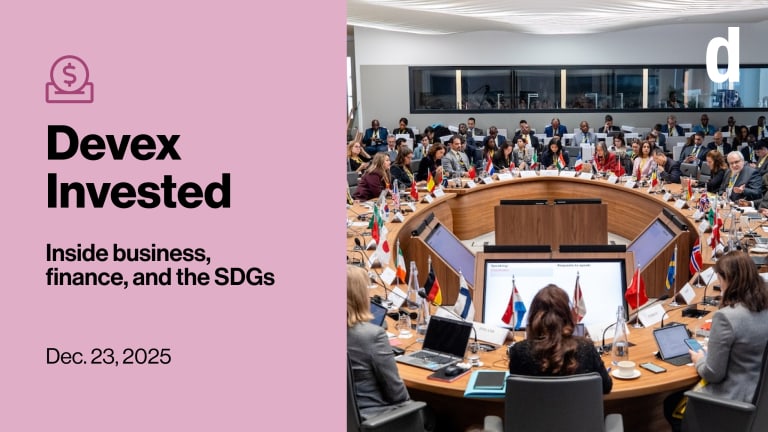
The East African famine has been dominating the headlines of late, capturing the attention of the donor community. However, some fear the intense focus on the region’s worst drought in 60 years will lead to neglect of other emergencies.
The millions of people displaced by flooding that submerged a fifth of Pakistan in 2010 face that risk. In a recent report, Islamic Relief estimated that the international response to the Pakistan flood disaster is short by $603 million. It singled out France and Italy for their stinginess but lauded several Western donors such as Australia, the European Commission, Norway, the United Kingdom and the United States for their generosity.
The report, however, failed to mention a country hailed as of one the most charitable donors to the flood relief efforts in Pakistan: Saudi Arabia. The kingdom, including the government, Saudi Fund for Development and Saudi public relief campaigns, pledged a total of $365.33 million, with $297 million committed, as of Jan. 8, 2011. That surpasses combined pledges of 16 European countries.
Even prior to Pakistan’s 2010 catastrophe, Saudi Arabia was already making a name as a leading humanitarian aid donor. Two years earlier, it donated $500 million to the World Food Program, the largest cash contribution to any U.N. agency. That single donation caused a huge spike in global humanitarian assistance that year. Today, Saudi is ranked the sixth most generous donor to WFP.
Saudi Arabia falls under the category of “nontraditional donor,” being not a member of the Organization for Economic Cooperation and Development’s Development Assistance Committee. Nonetheless, it reports its official development assistance to OECD. Saudi’s total ODA in 2008 amounted to nearly $5 billion. That’s 0.9 percent of its gross domestic product that year valued at $528.32 billion, or close to twice the average of OECD-DAC countries (0.47 percent). The aid-to-ODA ratio declined the following year to 0.55 percent of GDP (3.13 billion vis-à-vis GDP at $568.85 billion).
But a rare study on the country’s humanitarian aid giving published earlier this year showed that from 1975 to 2005, Saudi’s overseas assistance totaled $90 billion – a whopping 3.7 percent of its annual gross domestic product, ergo 5.28 times the United Nations’ aid target of 0.7 percent of the GDP!
Saudi Arabia has particularly been a financing giant of development aid projects in Islamic and Arab countries since 1974, the year it created the Saudi Fund for Development. Through 2010, the fund provided loans totaling $8.87 billion and cofinancing of $5.56 billion. It is also the Islamic Development Bank’s largest shareholder.
But outside its financial contributions where it is considered a leader, Saudi Arabia is regarded in the international community as a “laggard.” According to a study authored by Khalid Al-Yahya and Nathalie Fustier of the Global Public Policy Institute, that’s because the country’s existing humanitarian aid framework lacks coherence and organization, characterized by a “multiplicity of actors often working chaotically and at times at cross-purposes.”
But one thing is sure: The royal family, which also leads the government, makes all aid-related decisions. These decisions, according to the study, factor in religious and historical motivations, as well as the desire to promote dialogue among religions and cultures and assert the country’s “growing international influence, especially in areas outside the Muslim and Arab countries, for example Kenya, Nepal or Haiti.”
The report proposes a five-pronged strategy for Saudi Arabia to address the problems in its aid system, including the formalization of the role of its National Commission for Relief and Charity Work Abroad. But it also appeals to multilateral organizations such as the United Nations to engage Saudi Arabia and its leaders by giving the country a greater voice in political issues.
Check out last week’s DevTrivia and play the DevTrivia game on Facebook.
Read more:








